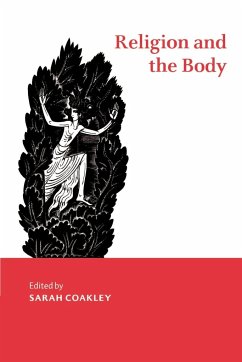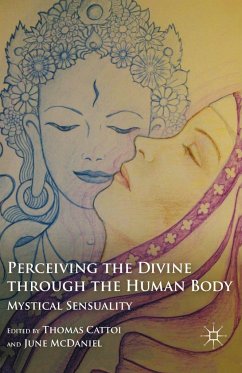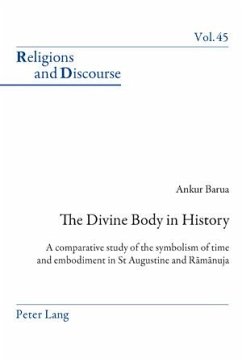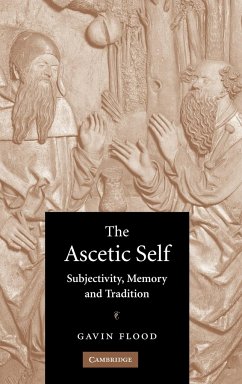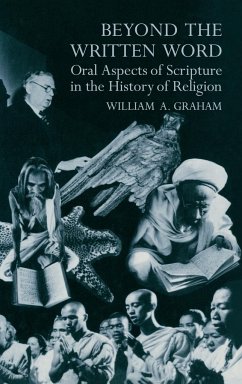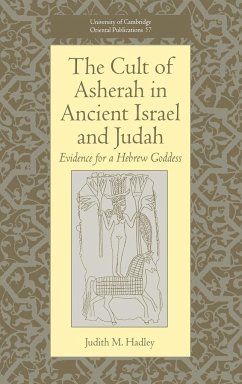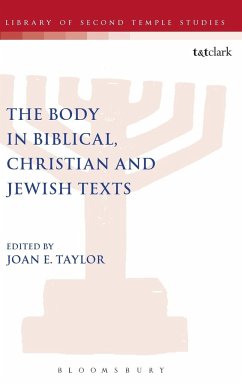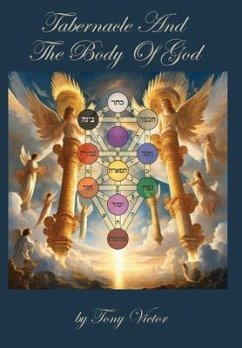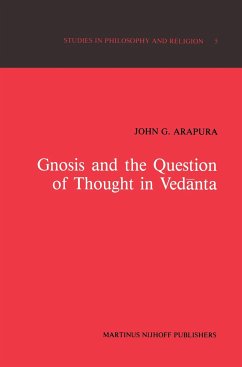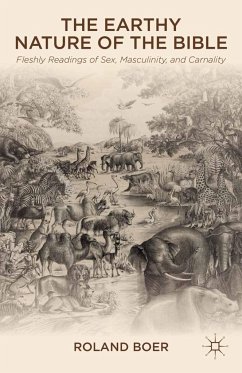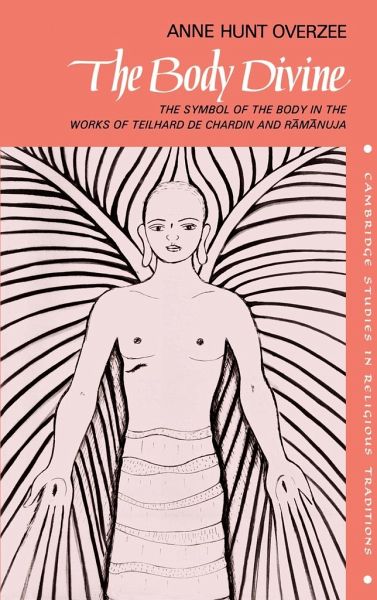
The Body Divine
The Symbol of the Body in the Works of Teilhard de Chardin and Ramanuja
Herausgeber: Clayton, John

PAYBACK Punkte
57 °P sammeln!
The Body Divine explores the ways in which two spiritual teachers, one Christian (Teilhard de Chardin) and one Hindu (Ramanuja) have seen the world as inherently divine, and have presented this insight theologically through the use of a symbol, that of the 'body of the divine' (the body of Christ/Brahman). In a careful study of their beliefs, Dr Hunt Overzee shows how both thinkers came to understand reality in terms of consciousness, believing that salvation/release is realised through attaining the Lord. This goal is approximated through a changed view of things, in which everything is seen ...
The Body Divine explores the ways in which two spiritual teachers, one Christian (Teilhard de Chardin) and one Hindu (Ramanuja) have seen the world as inherently divine, and have presented this insight theologically through the use of a symbol, that of the 'body of the divine' (the body of Christ/Brahman). In a careful study of their beliefs, Dr Hunt Overzee shows how both thinkers came to understand reality in terms of consciousness, believing that salvation/release is realised through attaining the Lord. This goal is approximated through a changed view of things, in which everything is seen to belong to the Lord and to manifest his presence. The author compares those spiritual practices taught by each thinker in order to help people attain the Lord, and places these practices in a broader context of practices for transforming consciousness. In so doing, Dr Hunt Overzee makes an important contribution to comparative theology, and uses her subjects as the starting point for an exploration of the wide-ranging implications of a religious symbol whose potency is perennial, cross-cultural, and of continuing contemporary importance.
Table of contents:
Preface List of abbreviations Introduction Part I. 1. The background to the divine body in Teilhard de Chardin 2. The background to the divine body in Rananuja 3. The body of Christ in the writings of Teilhard de Chardin 4. The body of Brahman in the writings of Ramanuja Part II. 5. Functions of the divine body in Ramanuja and Teilhard de Chardin 6. The divine body as model of the integration of consciousness 7. The divine body as model for the transformation of consciousness 8. The divine body: paradigm of a conscious cosmos; Appendices; Bibliography; Glossary.
The book makes an significant contribution to comparative theology, and explores the wide-ranging implications of a religious symbol whose potency is perennial, cross-cultural, and of continuing contemporary importance.
Table of contents:
Preface List of abbreviations Introduction Part I. 1. The background to the divine body in Teilhard de Chardin 2. The background to the divine body in Rananuja 3. The body of Christ in the writings of Teilhard de Chardin 4. The body of Brahman in the writings of Ramanuja Part II. 5. Functions of the divine body in Ramanuja and Teilhard de Chardin 6. The divine body as model of the integration of consciousness 7. The divine body as model for the transformation of consciousness 8. The divine body: paradigm of a conscious cosmos; Appendices; Bibliography; Glossary.
The book makes an significant contribution to comparative theology, and explores the wide-ranging implications of a religious symbol whose potency is perennial, cross-cultural, and of continuing contemporary importance.





